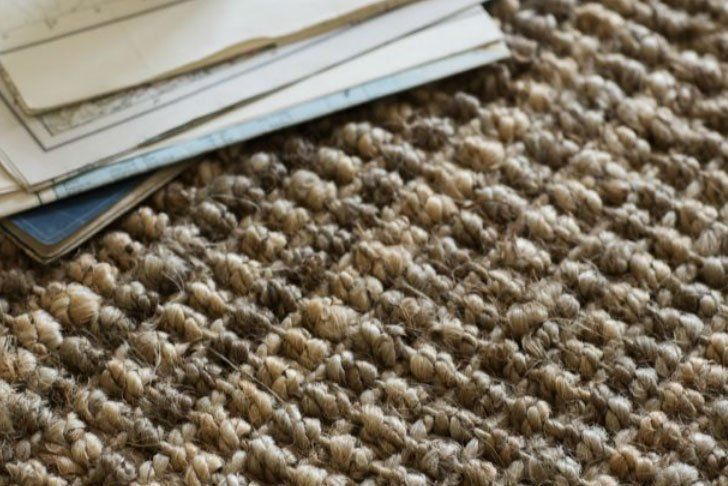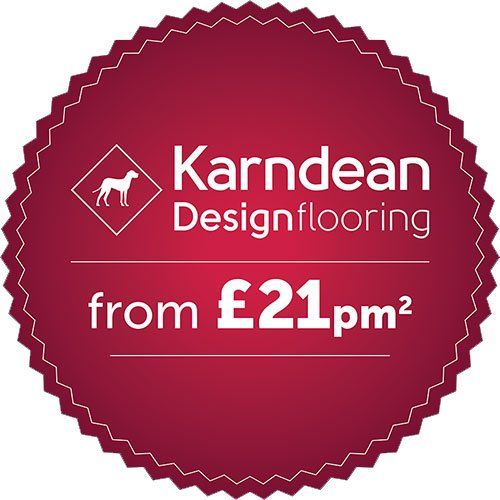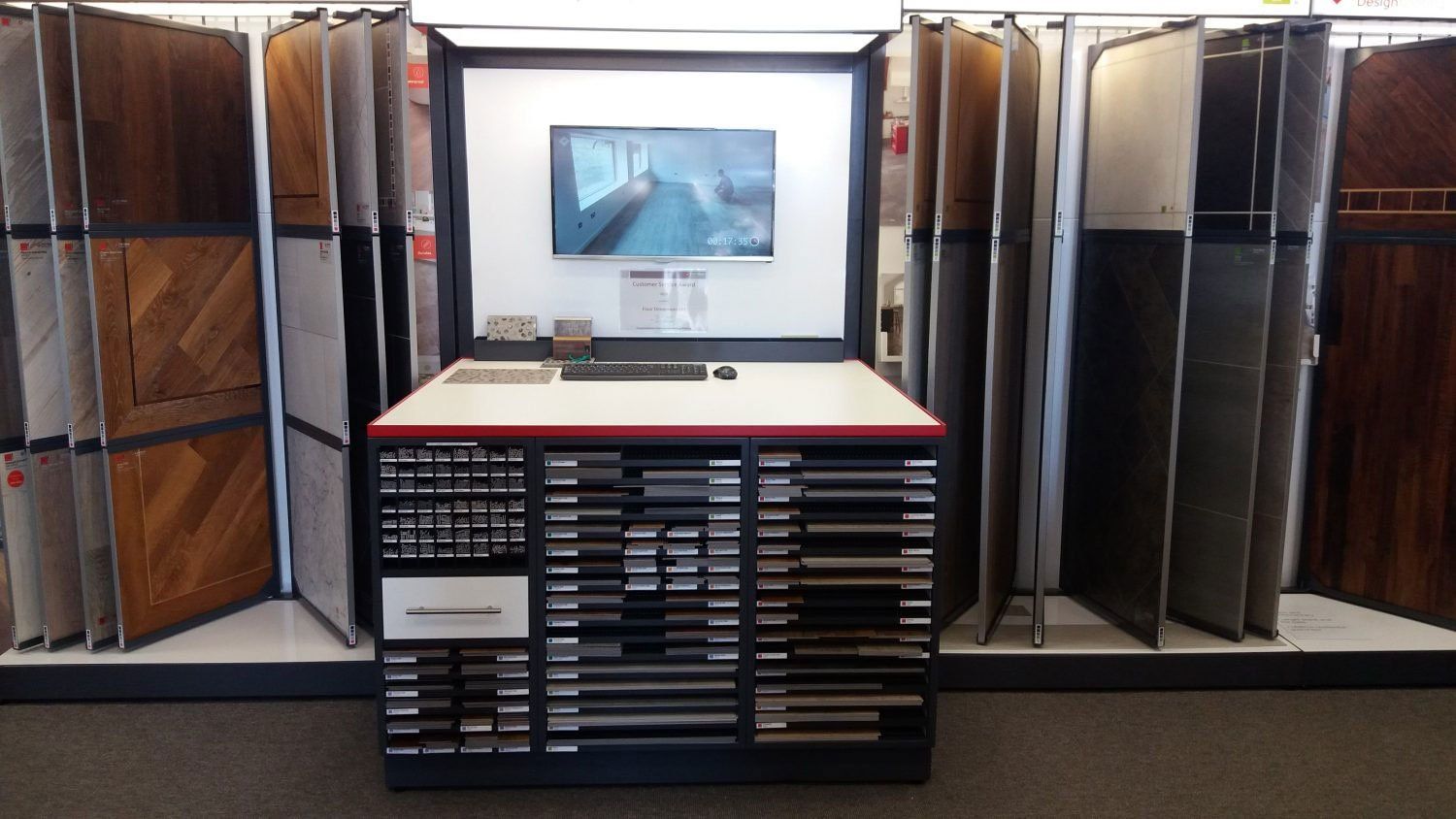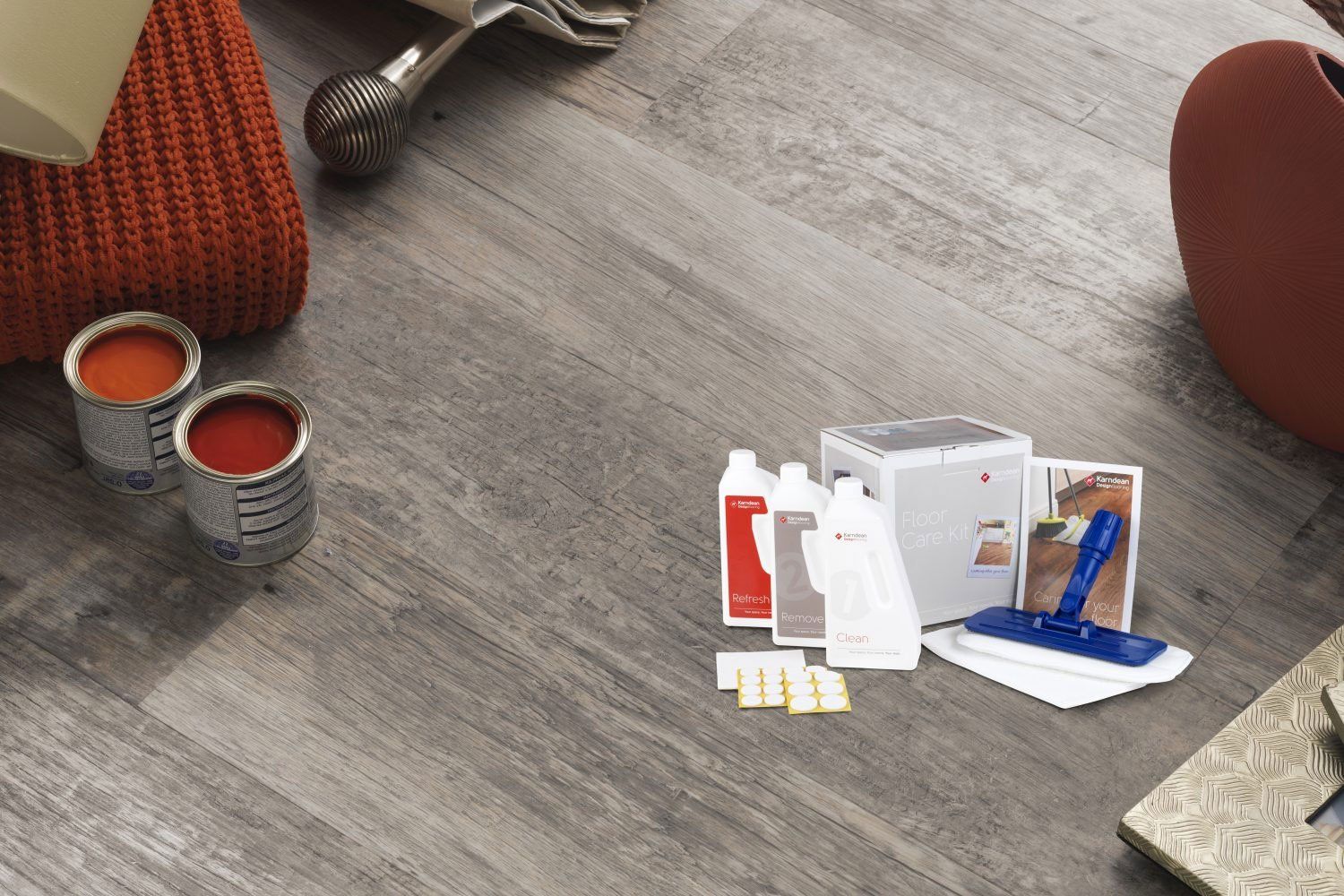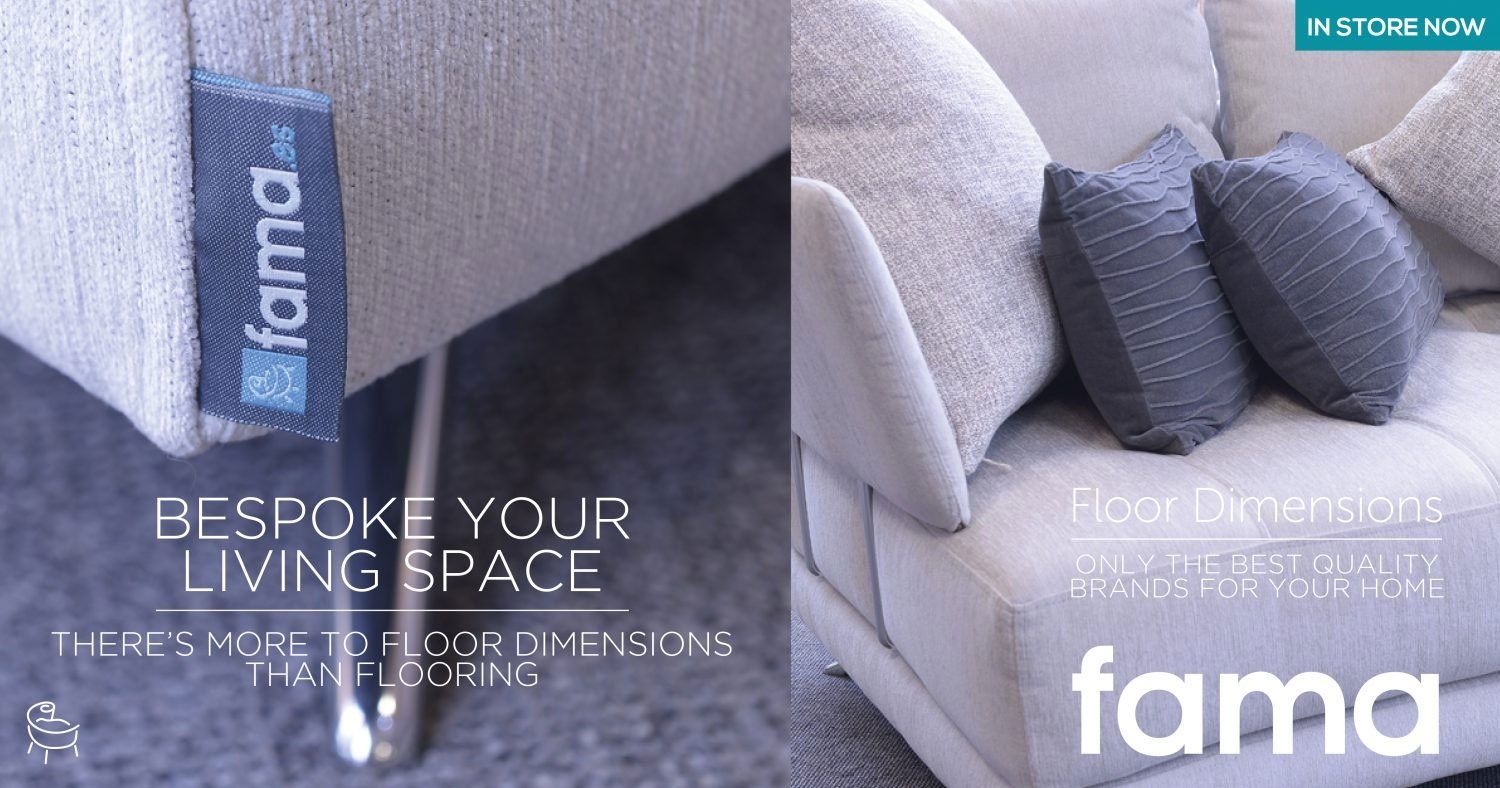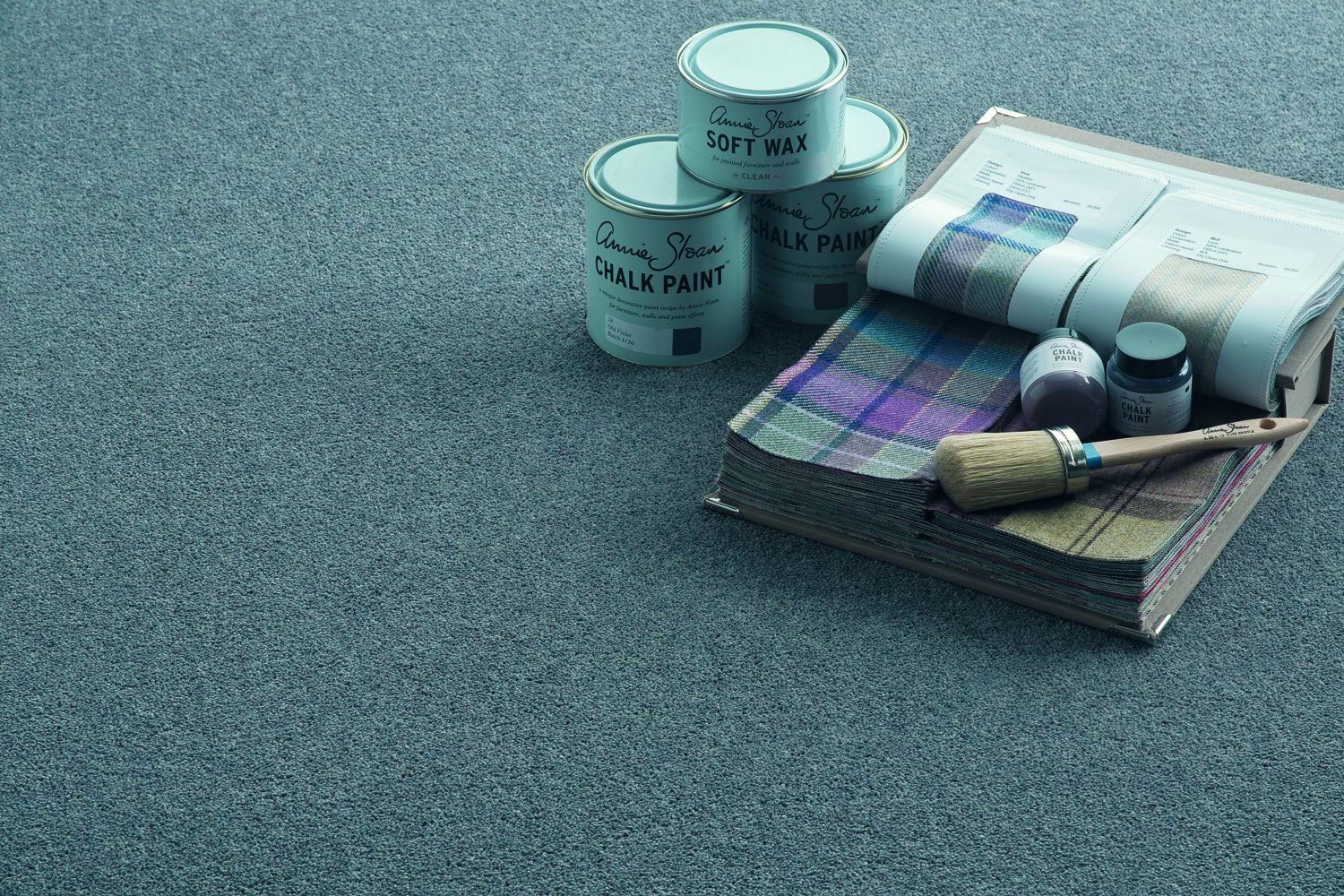What Is The Best Flooring For Underfloor Heating?
The popularity of underfloor heating has grown enormously, as homeowners seek to find cost-effective ways of heating their household. It is also possible to retrofit underfloor heating into older properties with existing subfloors, which has increased the heating system’s appeal immeasurably.
There are two different types of underfloor heating systems – warm water and electric. Warm water underfloor heating systems require plastic pipework to be installed underneath the floor and connected to the property’s primary central heating source. Meanwhile electric underfloor heating systems feature wired or matting systems which operate independently from your home’s central heating, making it well-suited to one-room installations.
Warm water underfloor heating works particularly well with a variety of floorings, including vinyl floor coverings, engineered wood and even carpet. Some suppliers incorrectly state that carpet must have a thermal resistance of no more than 1.5/1.7 tog. The Carpet Foundation states that this is not the case.
A recent study, carried out in conjunction with the Underfloor Heating Manufacturers Association, testing five different types of carpet and two different underlays in combination with each other over an underfloor heating installation. The results showed that none of the carpet and underlay combinations had a negative effect on the efficient warming of the airspace in the room above.
However, The Carpet Foundation does recommend that only underlays with tog values of less than 1.3 tog should be placed on top of an underfloor heating installation.
Wood Flooring With Underfloor Heating
Engineered hardwood flooring is the best type of wood flooring to install on top of an underfloor heating system. That’s because it reacts well to changes in floor temperature better than softer, thinner wood. Attention must always be paid to the thickness of the flooring to ensure it does not act as an insulator, blocking the heat from warming the airspace above.
Note: A general rule for wood flooring on underfloor heating systems is that the floor temperature should never exceed 27°C.
Vinyl Flooring With Underfloor Heating
Most luxury vinyl flooring can be safely installed over an underfloor heating system. Vinyl as a material is designed to heat up and cool down fast. Bear in mind that vinyl floors are subject to a top floor temperature restriction – often 27°C – which limits the heat output somewhat and would not therefore be well-suited for rooms and conservatories that are considered high heat loss areas.
Carpet Flooring With Underfloor Heating
As we’ve already discussed, carpet flooring is suitable for installation over an underfloor heating system, as long as the carpet and the underlay does not act as an insulator, blocking the heat from warming the airspace above.
Rubber Flooring With Underfloor Heating
Highly resistant and absorbent for everyday use, rubber flooring is growing increasingly in popularity for domestic and commercial flooring installations. Rubber floor coverings are effective over underfloor heating. Solid rubber flooring is highly conductive, its surface warms up quickly and emits a generous high heat output into the air above.
If you’re designing or redesigning a living environment to incorporate underfloor heating, our flooring experts at Flooring Dimensions can help specify the perfect floor covering for your new space. With almost four decades of flooring experience, our friendly team will recommend the flooring which offers the safest, most effective high heat output.
Within our new large showroom in Stowmarket, Bury Road, we demonstrate our full range of flooring materials which are suitable for underfloor heating systems in residential and commercial environments. To discuss your needs in greater detail, call us today on 01449 615012 or visit us in person at our showroom with free on-site parking available.

